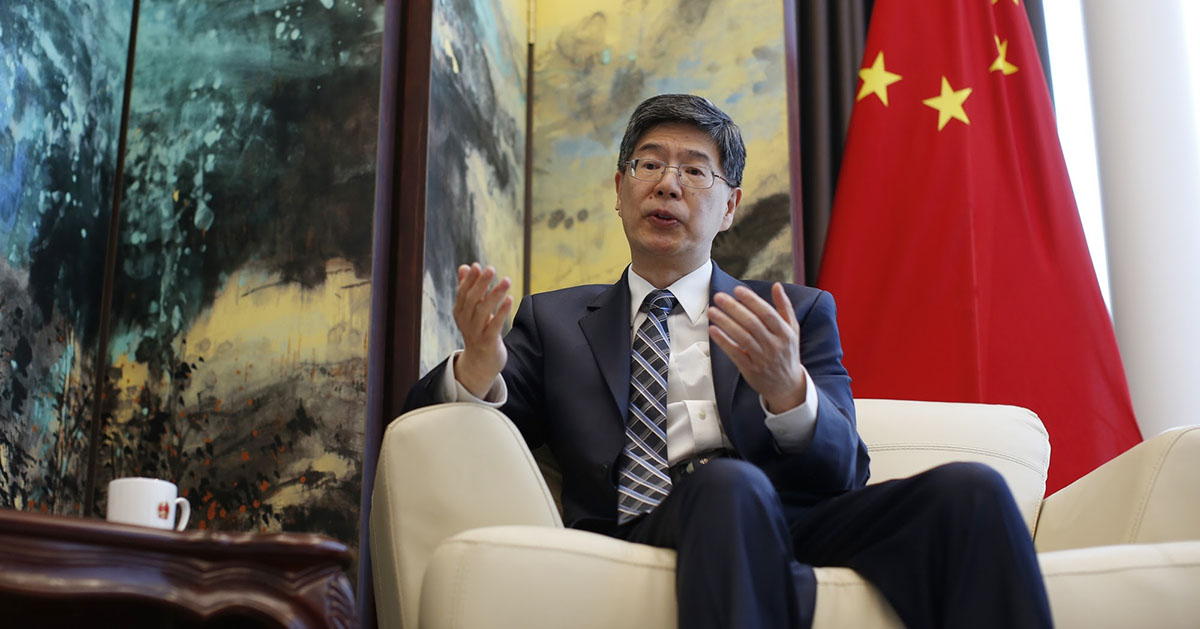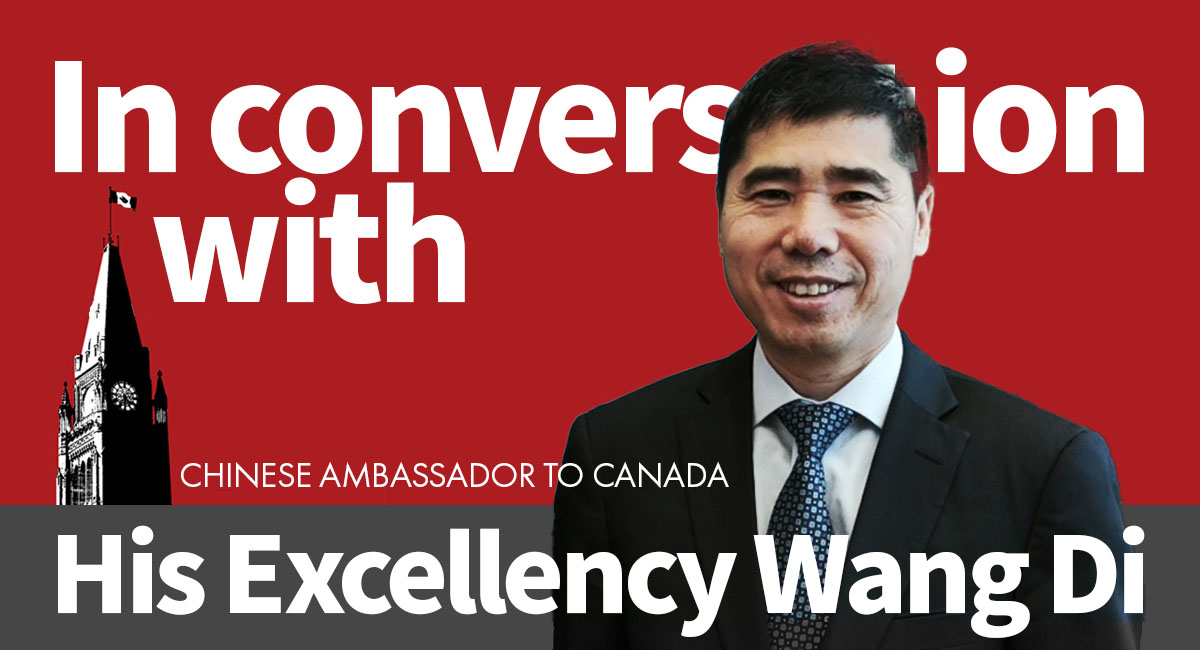
China Accelerates Development of New Quality Productive Forces and Makes Solid Progress in Pursuing High-Quality Development
By H. E. CONG Peiwu, Chinese Ambassador to Canada
During my recent engagement with people from various sectors in Canada, I noticed great interest in China’s “Two Sessions”, the annual sessions of the National People’s Congress (NPC) and the National Committee of the Chinese People’s Political Consultative Conference (CPPCC), particularly the new quality productive forces. I would like to take this opportunity to shed light on this term.
Why does China develop new quality productive forces?
“New quality productive forces” is a major term put forward by Chinese President Xi Jinping. With innovation playing the leading role, new quality productive forces mean advanced productivity that is freed from traditional economic growth mode and productivity development paths, features high-tech, high efficiency and high quality, and comes in line with the new development philosophy. New productive forces are driven by revolutionary technological breakthroughs, innovative allocation of production factors, and deep industrial transformation and upgrading, taking the improvement of workers, means of labour, subjects of labour and their optimal combinations as its basic connotation, and a substantial increase in total factor productivity as its core hallmark. Marked by innovation, and with high quality as the key, new productive forces are advanced productivity in essence. China is making solid progress in pursuing high-quality development, and therefore needs a new productivity theory. New quality productive forces have already taken shape in practice and served as a strong driving force and supporting force for high-quality development. Developing new quality productive forces is the intrinsic requirement and an important focus of promoting high-quality development.
How will China develop new quality productive forces?
Facing new scientific and technological revolution and industrial transformation, China will focus on the top priority of high-quality development, and accelerate the development of new quality productive forces. First, China will give full rein to the leading role of innovation and spur industrial innovation by making innovations in science and technology. Efforts will be made to upgrade traditional industries, foster emerging industries, plan developing future-oriented industries and improve the modernized industrial system. Second, China will accelerate the transition to a model of green development to honor the carbon peak and carbon neutrality commitment. China remains as determined as ever to pursue green development that prioritizes eco-environmental conservation and protection. Third, the country aims to further deepen reform across the board, particularly economic structural reform and reform of scientific and technological system, and boost endogenous drivers for development. Fourth, China pursues higher-standard opening-up and promotes mutual benefits. China will promote alignment with high-standard international economic and trade rules and steadily expand institutional opening up. We will work to steadily increase the volume and raise the quality of foreign trade, intensify efforts to attract foreign investment, strive for solid progress in high-quality Belt and Road cooperation, and deepen multilateral, bilateral, and regional economic cooperation.
What opportunities will China’s pursuit of new quality productive forces bring to Canada?
Developing new quality productive forces will help upgrade industrial and supply chains, constantly foster new industries, new business models, and new growth drivers, as well as cultivate emerging industries and future-oriented industries, such as intelligent connected new-energy vehicles, hydrogen energy, new materials, innovative drugs, biotechnology manufacturing, commercial aerospace, low-altitude economy, quantum technology, life sciences, digital economy, etc. Meanwhile, traditional industries can be upgraded. Canada possesses many advantages in the aforementioned areas, which will undoubtedly bring more opportunities to Canadian companies. New ways to expand higher-standard opening-up showcase China’s resolve to share opportunities with the world. China and Canada, whose economies are highly complementary, have no conflicts of fundamental interests. The two countries should cooperate for mutual benefit based on the principle of mutual respect. Beneficial to both sides, China-Canada cooperation helps improve the well-being of the two peoples, and more importantly, it is helpful in promoting economic globalization and the joint response to the challenges facing the global economy.
Header image: Ambassador Cong Peiwu, courtesy China Embassy in Canada











